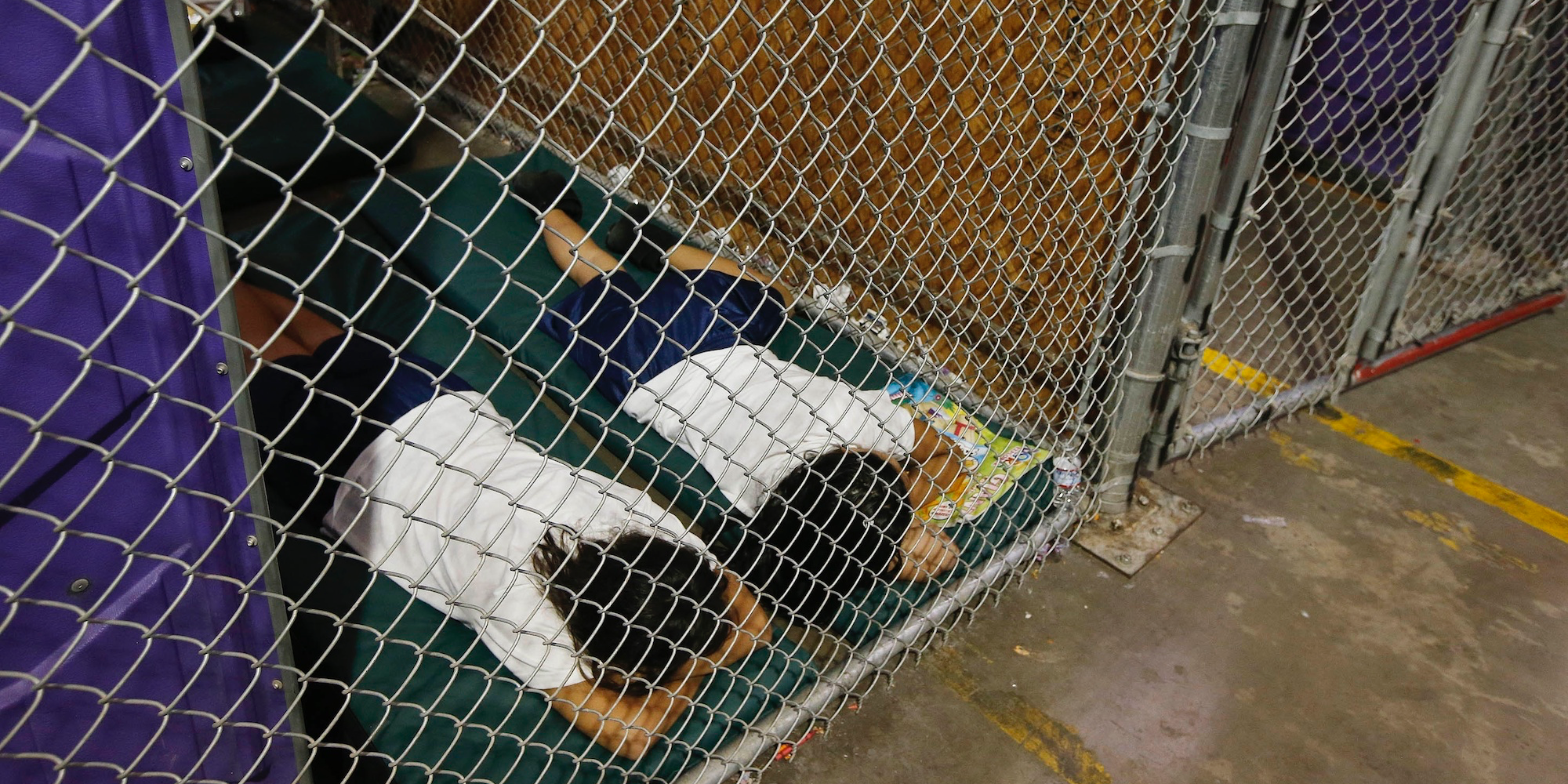- Several 2014 photos of detained immigrant children in cages went viral in May, and former Obama administration officials rushed to offer explanations.
- The former Obama speechwriter Jon Favreau had even shared the images on Twitter, mistakenly believing they were taken during Donald Trump’s presidency.
- The former officials doubled down on their criticisms of Trump’s immigration policies, and said the 2014 photos showed unaccompanied children the government had been attempting to place with family members.
- On June 17, reporters toured a similar government holding facility in McAllen, Texas, where migrant families are separated from one another and held in cages.
Editor’s note: This article was originally published on May 29, 2018, under the headline “Obama administration officials are rushing to explain photos from 2014 that went viral this weekend showing locked-up immigrant children.” Due to a surge in renewed interest, Business Insider has updated the story to include context from recent developments and outline how the Trump administration’s practices compare to the Obama administration’s.
Several former Obama administration officials took to social media and news outlets last month to explain a gallery of years-old photos that showed immigrant children sleeping in shoddy conditions at a government-run holding facility in Arizona.
The images, which the Associated Press first published in 2014, resurfaced recently for reasons that remain unclear, and quickly prompted viral outrage on Twitter. One particularly disturbing image showed two children sleeping on mattresses on the floor inside what appeared to be a cage.
A number of prominent liberals – and even a former Obama administration official – shared the photos, mistakenly believing they depicted the Trump administration’s treatment of immigrant children who were forcibly separated from their parents.
Jon Favreau, who worked as a speechwriter for former President Barack Obama, tweeted, "This is happening right now, and the only debate that matters is how we force our government to get these kids back to their families as fast as humanly possible."
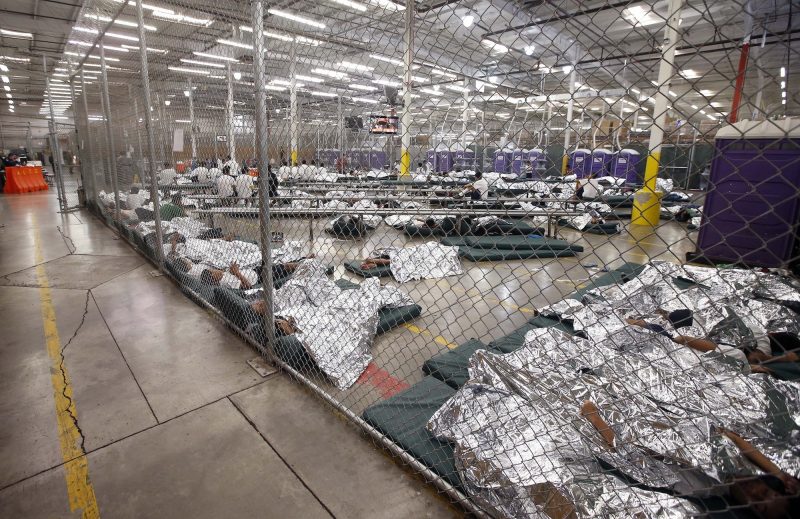
Favreau said he later deleted the tweet after social media users pointed out that the photos were taken during the Obama administration. But by that point, critics had already rushed to accuse him of concealing Obama's own harsh immigration tactics while condemning Trump's.
Favreau said in a series of tweets that he made a "mistake" by not checking the date of the photos before sharing them on Twitter. He explained that the photos were taken in 2014, when the Obama administration faced "an influx of unaccompanied minors who showed up at the border, fleeing violence from Central America."
He added that the pictures had been taken while the government was trying to "move those children out of those shelters as fast as humanly possible and connect them with their parents, most of whom were already in the United States."
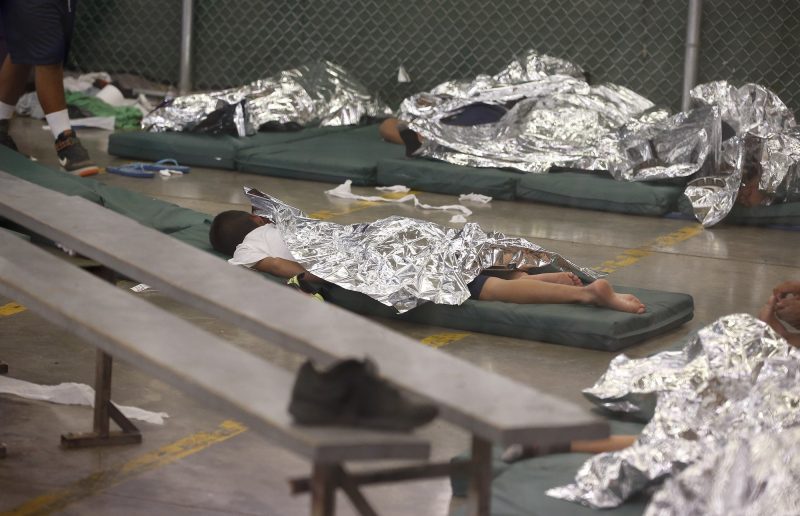
Another former Obama official, Cecilia Muñoz, who served as the director of the White House Domestic Policy Council, offered a similar explanation to NPR.
"In 2014, we saw an enormous spike compared to what usually happens every year, in the number of kids crossing alone into the United States," she said. "And we didn't have enough shelter facilities, because we had a huge increase, so kids ended up piling up in Border Patrol lock-ups, which are no places for children."
She continued:
"What the Obama administration did, which is what the law requires, is to find shelter facilities for those kids, which were put together by the Department of Health and Human Services. So the goal was to get kids out of the Border Patrol, into proper care by HHS, and then HHS is supposed to release them to the least restrictive setting, and in more than 80% of the cases, that was their parents who were already in the United States."
Trump's administration does have a new policy to separate children from their parents
Both Favreau and Muñoz argued that the Trump administration's policy of separating families at the border is different from the Obama administration's handling of unaccompanied children.
"This policy is new, cruel, and unprecedented," Favreau tweeted. "It was not an Obama policy. It was not a Bush policy. It was not a Clinton policy. That is a fact. And that is what all of us - Democrats and Republicans - should want changed as soon as humanly possible."
The firestorm over the photos came amid ongoing backlash against the Trump administration's recently implemented policy of criminally prosecuting people who illegally cross the border and separating them from their children.
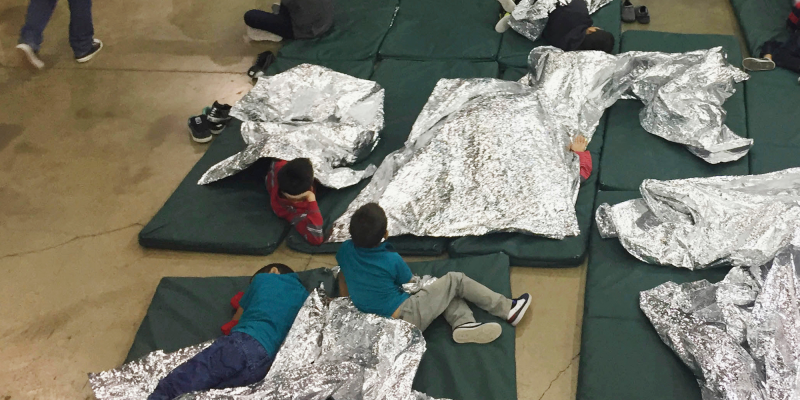
Nearly 2,000 children were separated from their parents under the zero-tolerance policy in the first six weeks it was in place, according to Department of Homeland Security numbers the AP published on June 15.
During that time, numerous reports have circulated throughout the national media describing devastated parents, traumatized children, and dismal-looking conditions they are being held in.
On Sunday, a handful of reporters were permitted to tour the largest government holding facility for migrants, where families are separated, given foil blankets and mattresses to sleep on, and are held in cages.
Though the photos are nearly identical to those from 2014, there is one key difference between them: the 2014 photos showed only children who arrived at the border unaccompanied. The 2018 photos also show families that have been separated from one another.
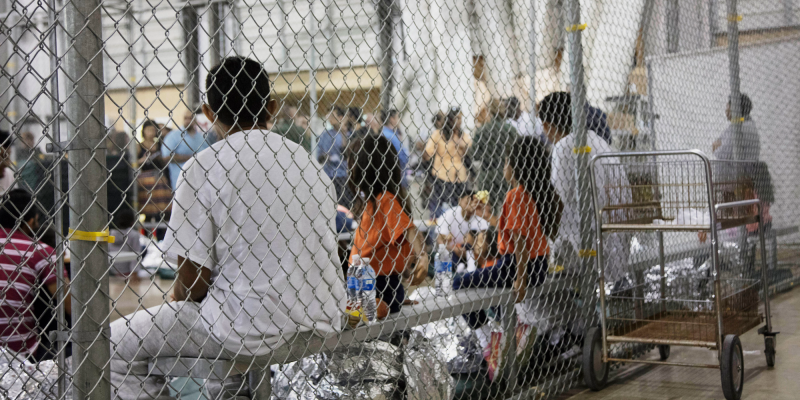
That difference is significant - while unaccompanied children in 2014 knew what to expect when they arrived at the border and were taken to the holding facilities, the children who have been separated from their parents are often much younger, and had not expected to be taken away from their families.
On Monday, ProPublica published audio from inside a border detention facility that recorded children as young as six wailing for their parents. They could be heard screaming "Mami" and "Papá" repeatedly, and asking Border Patrol agents where their parents were.
Are you are an immigrant who has been separated from your family at the border? Or do you work with families who have been detained or separated? Email [email protected] to share your story.
¿Es usted un inmigrante que ha sido separado de su familia en la frontera? ¿O trabajas con familias que han sido detenidas o separadas? Envíe un correo electrónico a [email protected] para compartir su historia.

